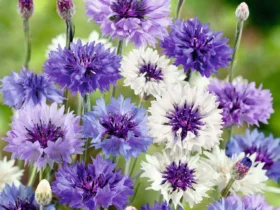Petunias (Petunia spp.) are a beloved flowering plant that adds a burst of vibrant color to gardens, hanging baskets, and containers. With their abundant blooms and wide range of hues, petunias have become a staple in garden design, creating eye-catching displays and attracting pollinators. In this article, we will explore the enchanting world of petunias, discussing their characteristics, cultivation, and the ways in which they bring beauty and joy to our outdoor spaces.
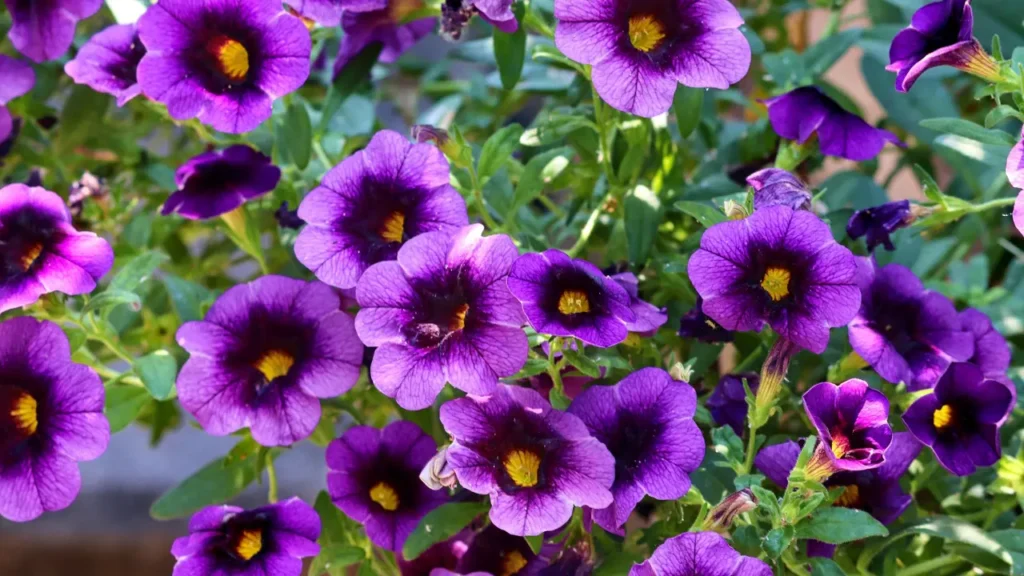
Appearance and Varieties
Petunias come in a variety of shapes, sizes, and colors, making them versatile for different garden styles and preferences. The flowers are typically trumpet-shaped, with five fused petals that can be single or double, ruffled or smooth-edged. The color palette includes shades of pink, purple, red, white, and even striped or bi-colored blooms. Some popular petunia varieties include Grandiflora, Multiflora, Milliflora, and Spreading types, each with its own unique characteristics and growth habits.
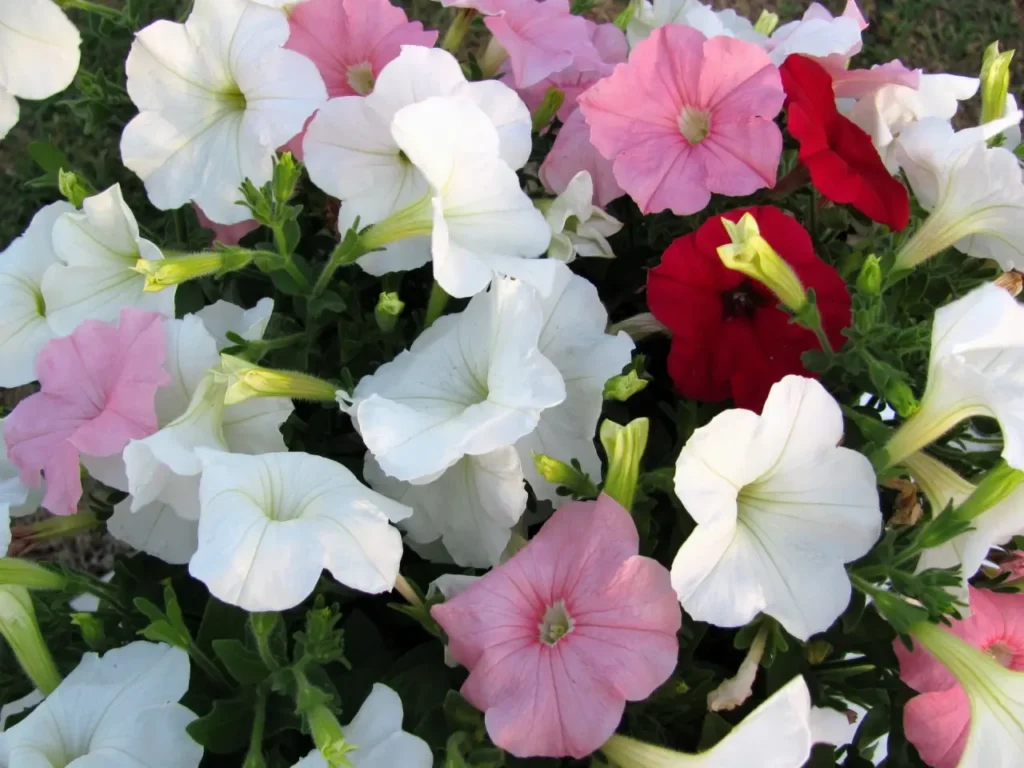
Cultivation and Care
Petunias are relatively easy to grow, making them a favorite among gardeners of all experience levels. They thrive in full sun to partial shade, preferring well-drained soil. Petunias are often grown as annuals, but some varieties can be perennial in warmer climates. They can be started from seeds indoors or purchased as young plants from nurseries. Regular watering, deadheading spent blooms, and occasional fertilization help maintain healthy and prolific flowering throughout the growing season.
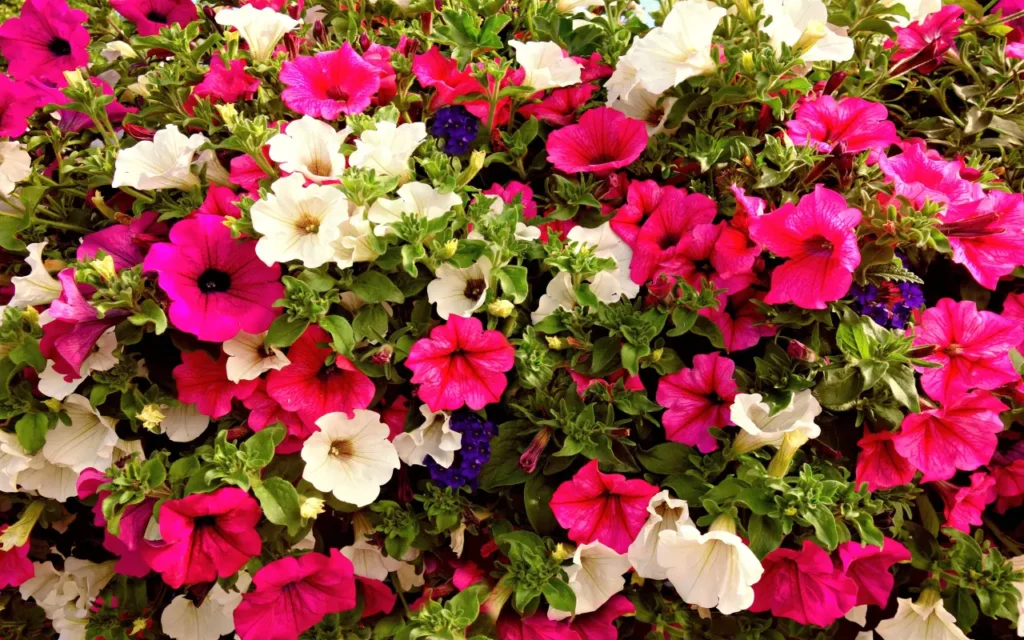
Garden Design and Landscape Uses
Petunias are highly versatile and can be used in various ways to enhance the visual appeal of a garden. They are commonly planted in garden beds and borders, where their dense foliage and vibrant flowers create a carpet of color. Petunias are also popular choices for container gardening, hanging baskets, and window boxes, where their trailing or mounding growth habit spills over the edges, adding a cascade of blooms. They can be mixed with other annuals, perennials, or foliage plants to create visually striking combinations.
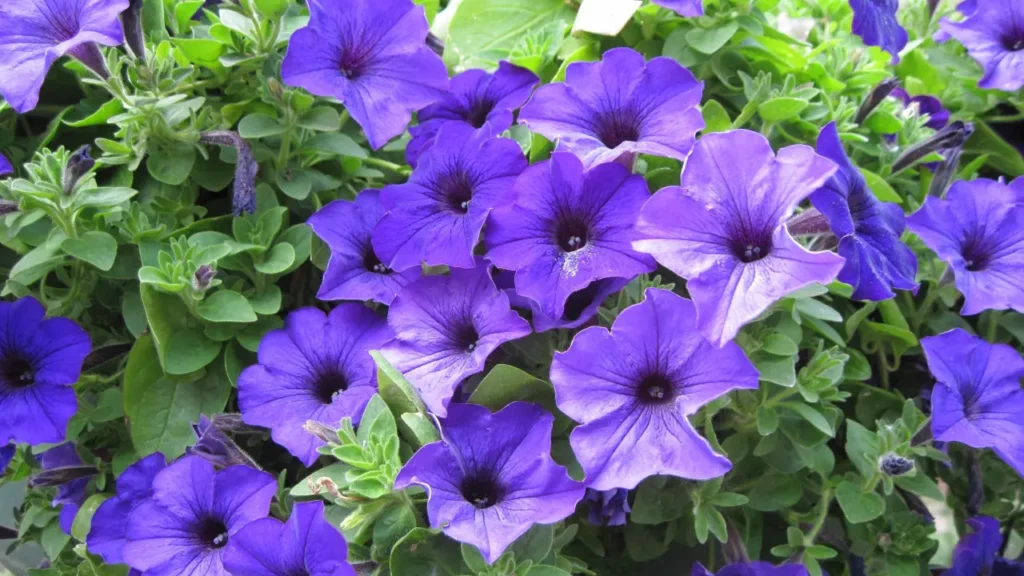
Benefits for Pollinators
Aside from their aesthetic value, petunias play an important role in supporting pollinators such as bees, butterflies, and hummingbirds. The nectar-rich blooms attract these beneficial creatures, providing them with a valuable food source. By planting petunias in your garden, you can contribute to the conservation of pollinators and enjoy the lively presence of these winged visitors.
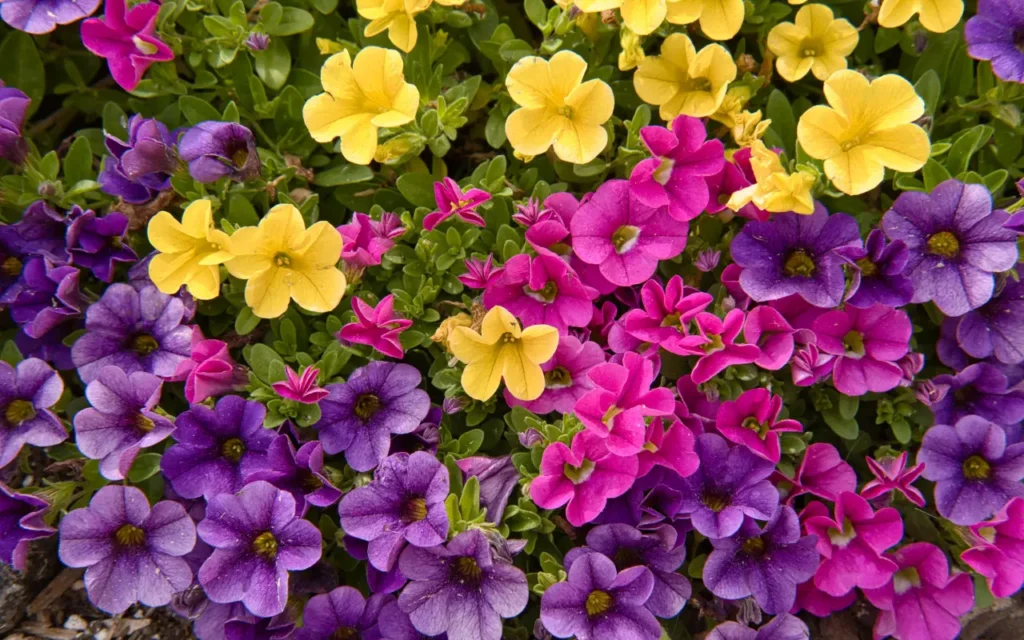
Tips for Success
To ensure the best performance of petunias in your garden, consider the following tips:
- Provide ample sunlight: Petunias thrive in full sun or at least 6 hours of direct sunlight daily.
- Water regularly: Keep the soil evenly moist, but avoid overwatering to prevent root rot.
- Deadhead spent blooms: Remove faded flowers to encourage continuous blooming and maintain a neat appearance.
- Fertilize appropriately: Apply a balanced, slow-release fertilizer or use a water-soluble fertilizer according to the manufacturer’s instructions.
- Watch for pests and diseases: Monitor for common issues such as aphids, slugs, and powdery mildew, and take appropriate measures to control them.
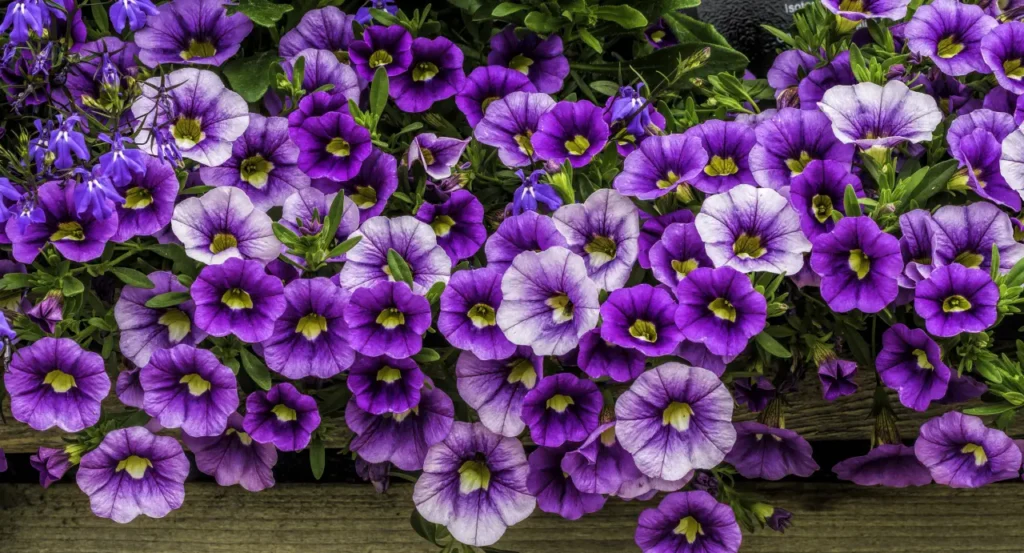

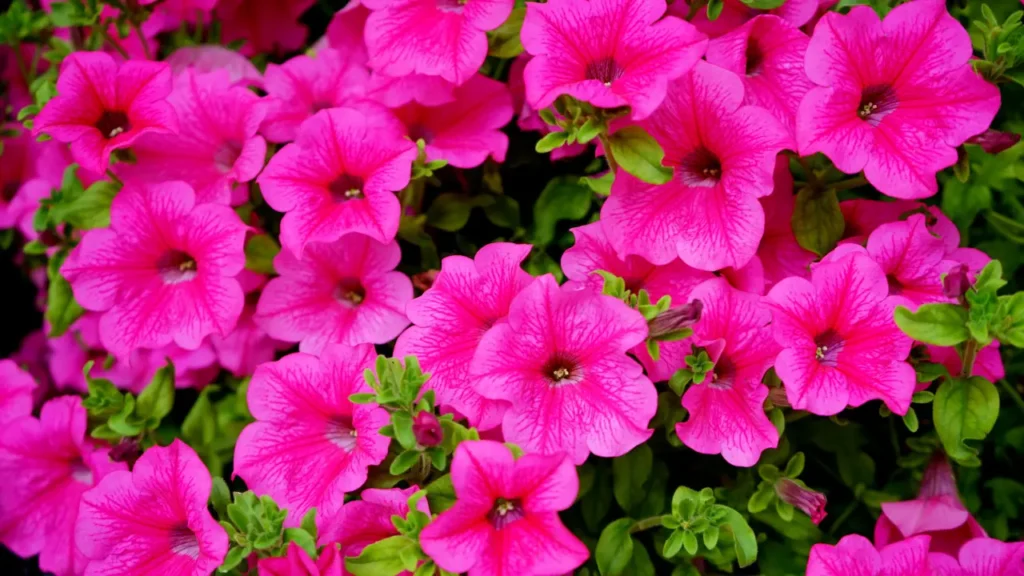
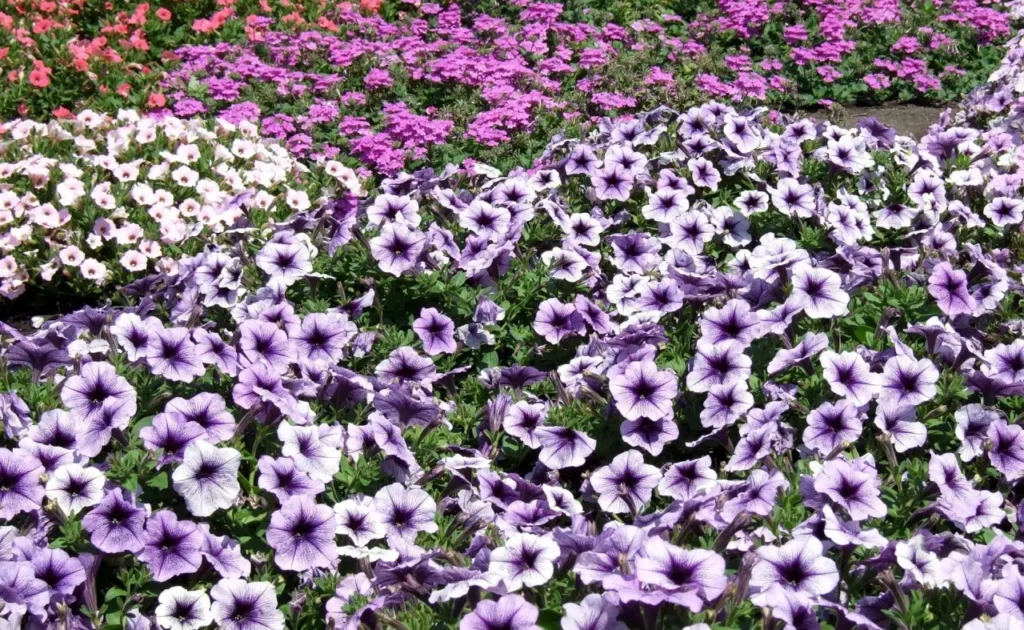

Petunias are enchanting flowering plants that bring vibrant color, charm, and pollinator activity to our gardens. Their wide range of colors, versatile growth habits, and ease of cultivation make them a popular choice for both experienced and novice gardeners. Whether cascading from hanging baskets or filling garden beds with a riot of color, petunias have a way of transforming outdoor spaces into stunning floral displays. By embracing the beauty of petunias, we can create a visual symphony that delights the senses and uplifts the spirit in the garden.
